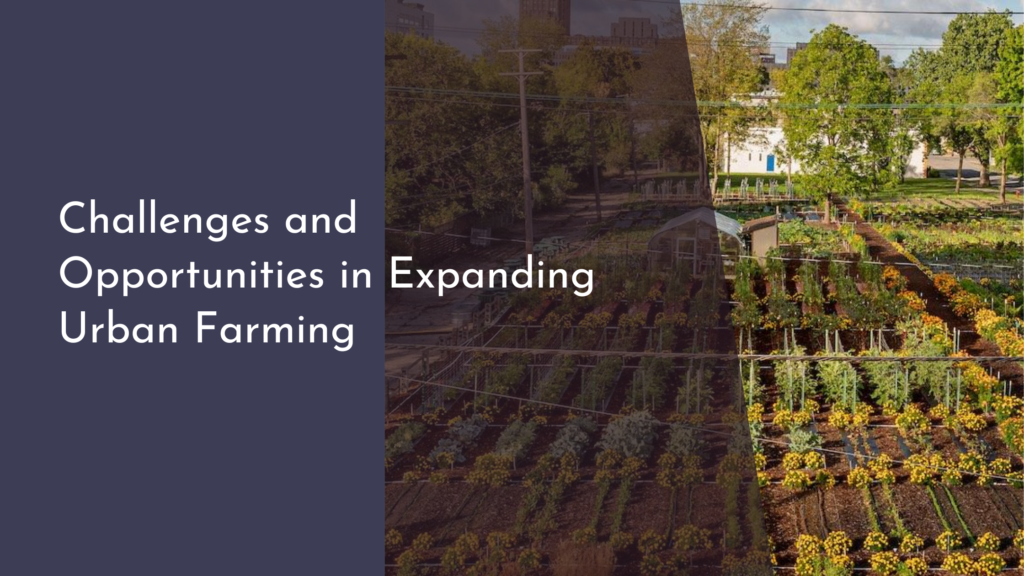The Global Perspective on Sustainable Eating Initiatives
In a world where environmental concerns are increasingly at the forefront of public discourse, sustainable eating has emerged as a powerful movement geared towards transforming how we consume food. This initiative seeks to balance our nutritional needs with the health of our planet, aiming to mitigate climate change, conserve biodiversity, and ensure food security for future generations. By examining this global phenomenon, we can better understand the diverse approaches and innovations that are paving the way for a greener future, and how embracing these changes can lead to not only a healthier planet but also a more joyful lifestyle.
Understanding Sustainable Eating Globally
Sustainable eating incorporates a variety of practices that aim to reduce environmental impact while supporting local economies and cultures. The essence of sustainable eating lies in choosing foods that are produced and distributed in ways that preserve the earth’s natural resources. This includes consuming more plant-based foods, reducing food waste, and supporting local and organic produce. By prioritizing these choices, individuals can contribute to a more sustainable food system that respects the ecological boundaries of our planet.
Globally, the notion of sustainable eating is gaining momentum as awareness of its benefits spreads. Various international organizations, including the United Nations, have highlighted sustainable eating as crucial for achieving several Sustainable Development Goals (SDGs). Beyond environmental benefits, sustainable eating promises improved public health outcomes by encouraging diets rich in fruits, vegetables, and whole grains, while reducing the consumption of processed foods and meats. As this awareness grows, so does the global commitment to embracing sustainable eating practices as part of a comprehensive strategy to tackle climate change and foster global health.
Regional Approaches to Sustainable Diets
Different regions have embraced sustainable eating in unique ways, reflecting their cultural, economic, and environmental contexts. In Europe, for example, there is a strong emphasis on reducing meat consumption and promoting plant-based diets. Initiatives like Meatless Mondays and the rise of vegetarian and vegan restaurants demonstrate Europe’s commitment to sustainable dietary shifts. Additionally, European Union policies often support organic farming and local produce, further embedding sustainability into regional food practices.
In contrast, Asian countries have focused on enhancing traditional, plant-based cuisines that naturally align with sustainable eating principles. Countries like Japan and India leverage their deep-rooted culinary traditions that emphasize plant-based ingredients and minimize waste. In Japan, for instance, the practice of "Mottainai" encourages minimizing waste and fully utilizing all food parts, while in India, the rich diversity of vegetarian dishes showcases the potential of plant-based diets. These regional approaches highlight how cultural heritage can be a powerful ally in promoting sustainable eating practices.
Key Challenges and Innovations Worldwide
Despite the progress, sustainable eating faces several challenges on a global scale. One significant hurdle is the entrenched preference for high-impact foods, such as beef and dairy, which have large carbon footprints. Additionally, economic barriers can make it difficult for low-income populations to access sustainably produced foods. Overcoming these challenges requires widespread education and policy support, alongside efforts to make sustainable options more affordable and accessible to all.
Innovations are continually emerging to address these challenges and promote sustainable eating. Technological advancements, such as lab-grown meats and plant-based protein alternatives, are providing consumers with more sustainable choices without sacrificing taste or convenience. Meanwhile, initiatives like vertical farming and aquaponics offer innovative solutions to local food production, reducing transportation emissions and conserving resources. These innovations, coupled with growing consumer awareness, are driving a significant shift in how food systems operate globally.
Embracing a Greener Future with Joyful Choices
Adopting sustainable eating habits doesn’t mean sacrificing enjoyment or flavor. On the contrary, it opens up a world of culinary exploration and creativity. Embracing seasonal, local produce can introduce individuals to new flavors and textures, fostering an appreciation for the diversity of nature’s bounty. Simple changes, like incorporating more plant-based meals into one’s diet or experimenting with new cooking techniques, can transform eating into a joyful, fulfilling experience that also contributes to a healthier planet.
The path to a greener future is paved with small, joyful choices made by individuals and communities alike. By prioritizing sustainable options, each of us has the power to influence food systems and create a positive impact on the world. Whether it’s choosing to buy from a local farmer’s market, reducing food waste by planning meals more carefully, or celebrating the flavors of plant-based cuisines, these choices collectively build momentum towards a sustainable future that is not only achievable but also deeply rewarding.
In conclusion, the global perspective on sustainable eating initiatives highlights a dynamic and diverse movement aimed at transforming our relationship with food. By understanding the unique regional approaches and recognizing the challenges and innovations at play, we can better appreciate the potential for sustainable eating to create a healthier planet. As we move towards a greener future, embracing these joyful choices can inspire positive change, leading us to a more sustainable and harmonious coexistence with our environment.

